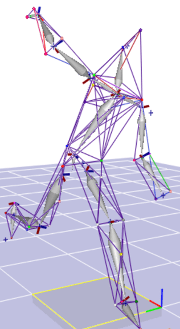About the Team

Marissa Martinez
Biomedical engineering
Marissa is a 4th year biomedical engineering student from Littleton, Colorado. She hopes to eventually obtain a MD or MD-PhD focused on biomechanics and orthopedics. The injury prevention SURP project was a perfect fit and amazing experience for her.
Marissa’s SURP project was centered around calculating the medial and lateral joint forces on the knee during a normal gait cycle. She will be continuing this project throughout the year to determine if the medial and lateral joint forces are associated to any anthropometric measurements.
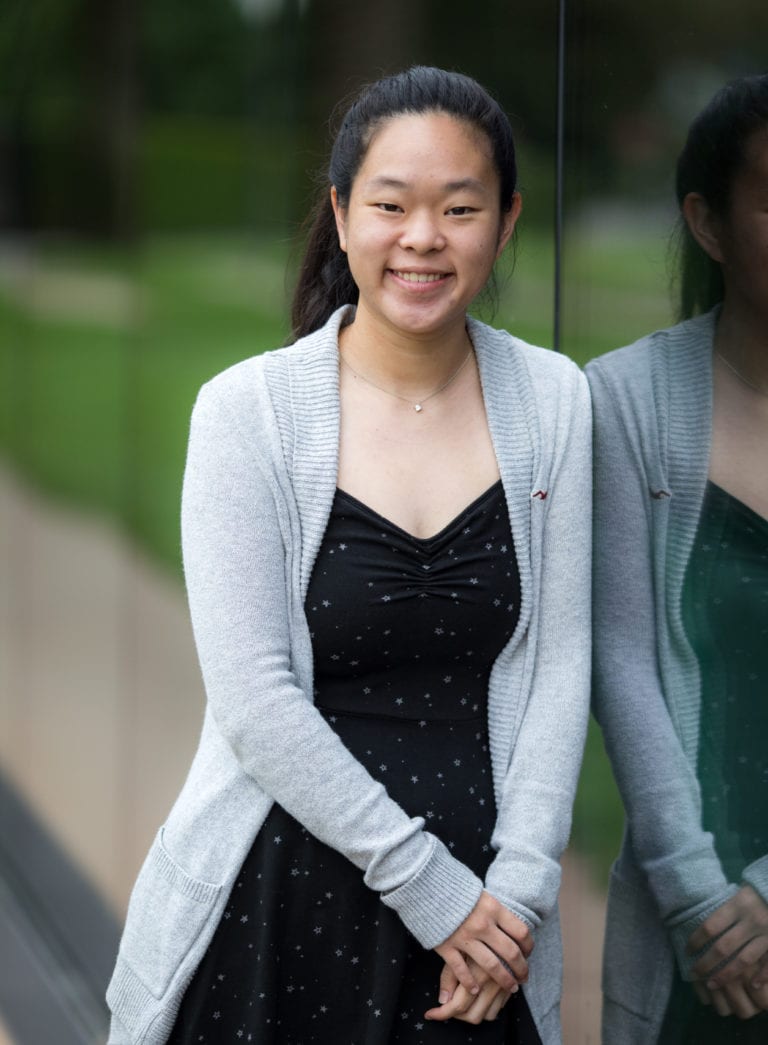
Christina Fong
Mechanical engineering
Christina is going into her fourth year at Cal Poly as a Mechanical Engineering student with a general concentration. Along with previous industry experience and working with prosthetics, she has a strong interest in biomechanics. In her free time, she enjoys playing ultimate frisbee and exploring SLO with friends.
Christina’s SURP project was focused on investigating associations between injury-related kinematic parameters with overweight measures for youth baseball pitchers.

Karthik Padmanabhan
Mechanical engineering
Karthik Padmanabhan is a fifth-year mechanical engineering student and athlete on the Cal Poly Men’s Tennis Team. He has worked in the Human Motion Biomechanics (HMB) lab since January of 2020 and has mechanical design experience in both the medical device and defense industries.
Karthik’s SURP project was focused on developing novel methods to calculate unique inertial parameters of the upper arm, forearm, and hand for each participant in the lab’s pitching experiments.
Acknowledgements
The Injury Prevention Biomechanics team would like to thank our project sponsor The Sprague Family Foundation, our faculty advisor Steve Klisch, and the SURP program for giving us the opportunity to continue hands on learning this summer.
Our Digital Poster
Youth Pitching Mechanics: Novel Method to Calculate Segment Inertial Parameters
Team Member : Karthik Padmanabhan
- Use of scaled segment inertial parameters (SIPs) leads to error in calculated pitching kinetics due to high arm accelerations.
- Objective: develop novel method of calculating participant-specific pitching arm SIPs using DXA data.
- Hypothesis: DXA-calculated SIPs will differ from scaled SIPs.
- Participants undergo DXA scan prior to pitching experiment.
- MATLAB code analyzes DXA scan and calculates participant-specific SIPs.
Code Development
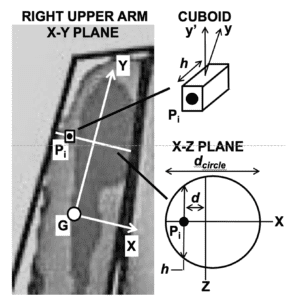
Figure 1: DXA (Dual-energy X-ray absorptiometry) scan of right upper arm with analysis scheme.
MATLAB code analyzes each pixel in DXA scan.
Each pixel is analyzed as a 3D object (cuboid) with a calculated mass.
Each cuboid is analyzed to determine the mass, center of mass, and moments of inertia for the upper arm, forearm, and hand.
Statistical analyses will compare DXA and scaled SIPs (paired t-test, p<0.05).
Sponsored by:
The Sprague Family Foundation
Youth Pitching Mechanics: Associations with Body Overweight Parameters
Team Member: Christina Fong
- Flaws in kinematic parameters lead to an increase in joint kinematics and pitching injury risk.
- Objective: investigate correlations between kinematics and body mass index (BMI) or pitching arm segment mass index (SMI) for youth baseball pitchers.
- Hypothesis: injury-related kinematic parameters will be associated with overweight measures.
- Statistical analyses (linear regressions) used to investigate correlations (p<0.05).
Methods & Results
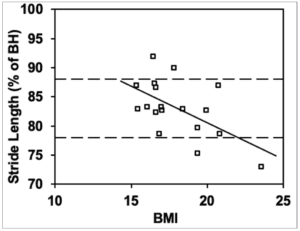
Figure 2: Results for stride length versus BMI
- Pitching data from a previous study were available.
- Documented values for elite pitchers (dashed lines) used to identify flaws in pitching kinematics. Participant-specific kinematic values extracted after post-processing pitching experiment data.
- Stride length was associated with BMI (p=0.01).
- Higher BMI youth pitchers were not stepping out as far during their stride, and those with a lower BMI were stepping out too far.
- Clinical implication: select kinematic parameters will be identified that could guide coaches and trainers when working with overweight or obese pitchers to reduce injury risk.
Determining Youth Medial and Lateral Joint Force During Gait
Team Member : Marissa Martinez
- OW and OB in children lead to increased risk of knee osteoarthritis in adulthood due in part to increased medial loading in the knee joint.
- Objective: conduct motion analyses with normal weight (NW), OW, and OB youths to calculate medial and lateral tibiofemoral (TF) joint forces during gait.
- Hypothesis: medial-lateral joint load distribution for youths during gait will be associated with BMI.
- Future statistical analyses (linear regressions) used to investigate correlations of loads with BMI (p<0.05).
Methods & Results
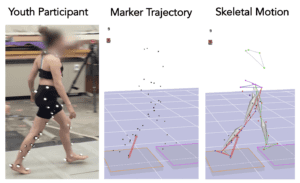
Figure 3: Marker data from participant to skeletal frame
- Only 2 experiments with NW children (aged 13 and 11 years) were conducted before COVID-19 shutdown.
- Kinematic/kinetic data collected with 12-camera motion analysis system and 4 ground force plates (Fig 3).
- Data were processed and filtered in Cortex and post-processed in Matlab for use in OpenSim.
- A 2-compartment tibiofemoral joint model in OpenSim calculated medial & lateral knee loads in the TF joint.
- Future work: conduct experiments and extend analyses to include additional NW, OW, and OB children.

